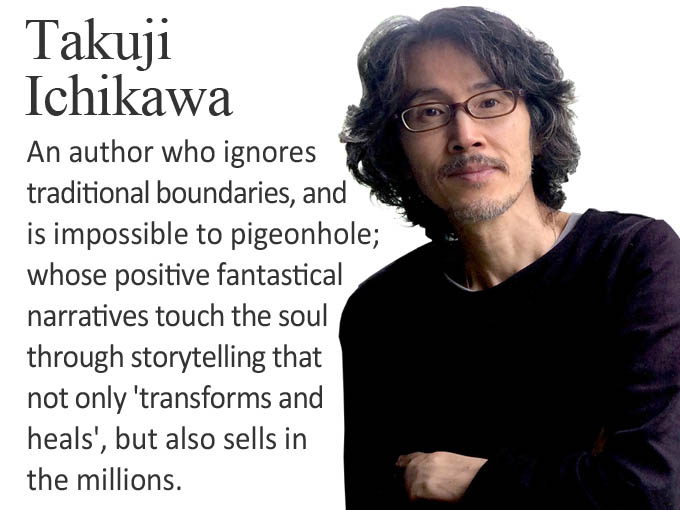Book rental and lending schemes have a very long history in Japan[UPDATED: 1-24-2018]
Historically, book production and consumption in Japan was focused on the country’s aristocrats, Buddhist monks, Shinto priests and society’s upper classes not the mass market. However, in the early 1800s book lending shops started to appear.
According to historians, their number grew from around 650 in Tokyo (or Edo as it was known then) in 1808 – expanding to meet demand – to 800 by 1832. These shops alongside increasingly high literary rates created demand that supported a very high ratio of approximately 1 lending shop per 1,500 people. The capital had a population of over 1 million at the time making it one of the world’s largest cities.
Currently, the population per bookstore in Japan is high compared to other nations (estimated at 7,710 per store vs. 23,363 in the United States), but lower than lending shop ratios of the Edo Period. Records also show that there was in fact a book rental shop in Nagoya even earlier, as far back as 1767, which provided a continuous service for 130 years. It built up a collection of more than 20,000 titles during its operating life.
According to historians, their number grew from around 650 in Tokyo (or Edo as it was known then) in 1808 – expanding to meet demand – to 800 by 1832. These shops alongside increasingly high literary rates created demand that supported a very high ratio of approximately 1 lending shop per 1,500 people. The capital had a population of over 1 million at the time making it one of the world’s largest cities.
Currently, the population per bookstore in Japan is high compared to other nations (estimated at 7,710 per store vs. 23,363 in the United States), but lower than lending shop ratios of the Edo Period. Records also show that there was in fact a book rental shop in Nagoya even earlier, as far back as 1767, which provided a continuous service for 130 years. It built up a collection of more than 20,000 titles during its operating life.

